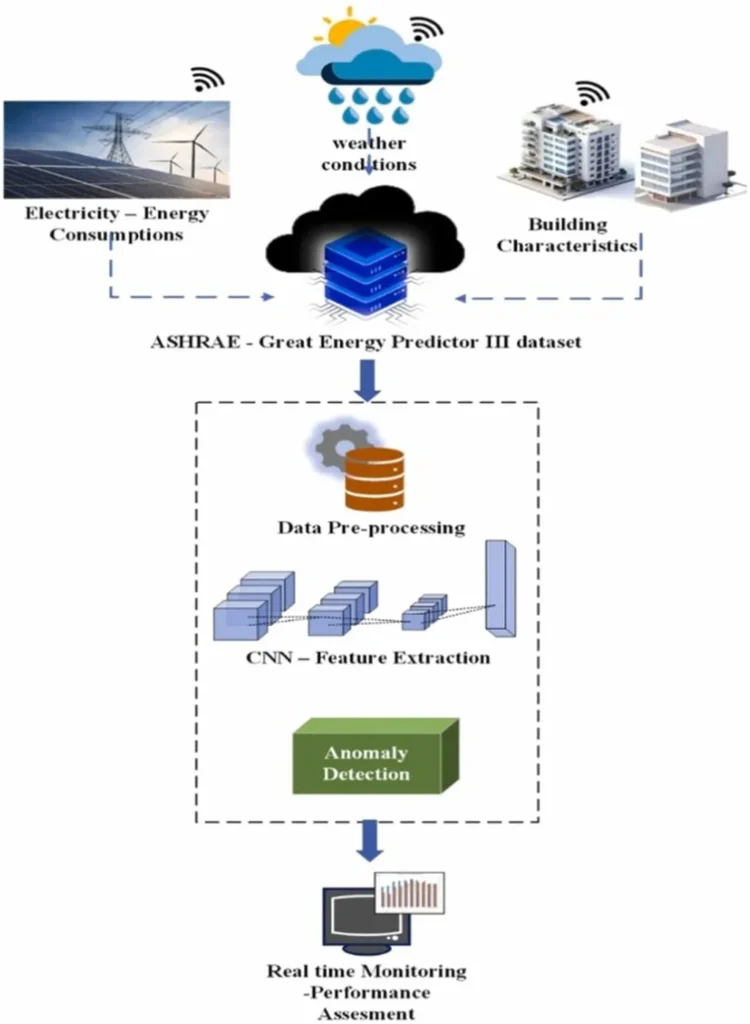In the rapidly evolving landscape of Internet of Things (IoT) technology, the demand for skilled professionals is outpacing the supply, creating a critical need for effective talent training programs. A groundbreaking study led by Zongkui Fu, published in the journal “Neutrosophic Sets and Systems” (which translates to “Neutrosophic Sets and Systems” in English), introduces a novel approach to evaluating the quality of IoT talent training in vocational colleges. This research could significantly impact the energy sector, where IoT applications are becoming increasingly prevalent.
The study addresses a longstanding challenge in IoT education: the complexity of assessing student proficiency in a field that requires a diverse and interdependent skill set. Traditional evaluation methods often fall short in capturing the nuances of student performance, particularly in blended learning environments where online and offline training intersect. Fu and his team propose a solution: a neutrosophic triplet-plithogenic model that integrates neutrosophic triplet sets and plithogenic sets to provide a more comprehensive and accurate assessment.
Neutrosophic triplet sets are used to capture the three fundamental aspects of any statement: truth, indeterminacy, and falsehood. This allows the model to account for the uncertainties and ambiguities inherent in student performance evaluations. Meanwhile, plithogenic sets model the interdependencies between different skills, considering the degrees of contradiction among them. “This approach enables us to create granular proficiency profiles for each student, providing a much more detailed and nuanced picture of their abilities,” Fu explains.
The model aggregates evaluations from multiple sources, including instructors, AI systems, and the students themselves. These evaluations are then adjusted for reliability to ensure the accuracy of the final assessment. The result is a comprehensive quality index that can be used to identify skill gaps, optimize curricula, and align training programs with industry needs.
The potential commercial impacts of this research are substantial, particularly for the energy sector. As IoT applications become more integrated into energy systems, the demand for skilled professionals who can design, implement, and maintain these systems will continue to grow. By improving the quality of IoT talent training, this model can help ensure that the energy sector has access to the skilled workforce it needs to drive innovation and growth.
The study also highlights the importance of addressing uncertainties in student evaluations. As Fu notes, “In a field as complex and rapidly evolving as IoT, it’s crucial to have evaluation methods that can account for the ambiguities and interdependencies that characterize student learning.” By providing a more accurate and comprehensive assessment of student proficiency, this model can help educators and industry professionals make more informed decisions about curriculum development and hiring.
While the model shows great promise, the researchers acknowledge certain limitations, such as parameter sensitivity. They also discuss future directions for the research, including empirical validation and further refinement of the model. Despite these challenges, the study positions the neutrosophic triplet-plithogenic model as a transformative tool for IoT education, with the potential to shape the future of talent training in this critical field.
As the energy sector continues to embrace IoT technology, the need for skilled professionals will only grow. This research offers a powerful new tool for meeting that need, ensuring that the workforce of the future is equipped to drive innovation and progress in the energy sector and beyond.

